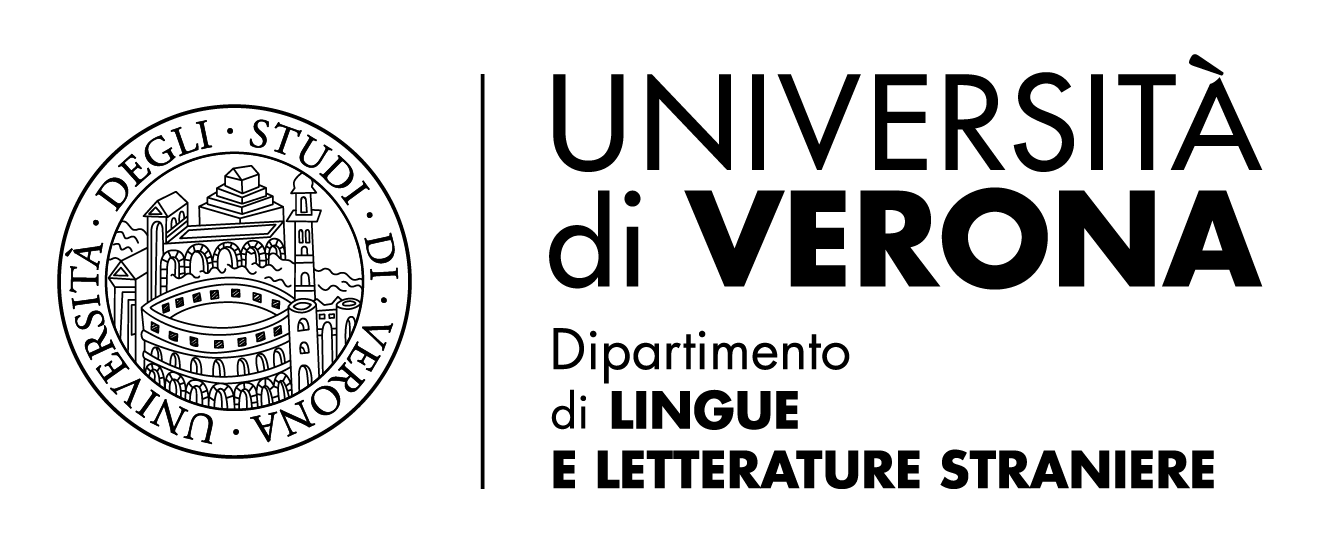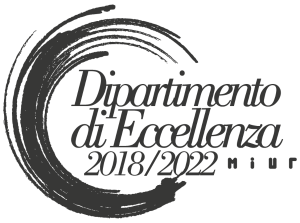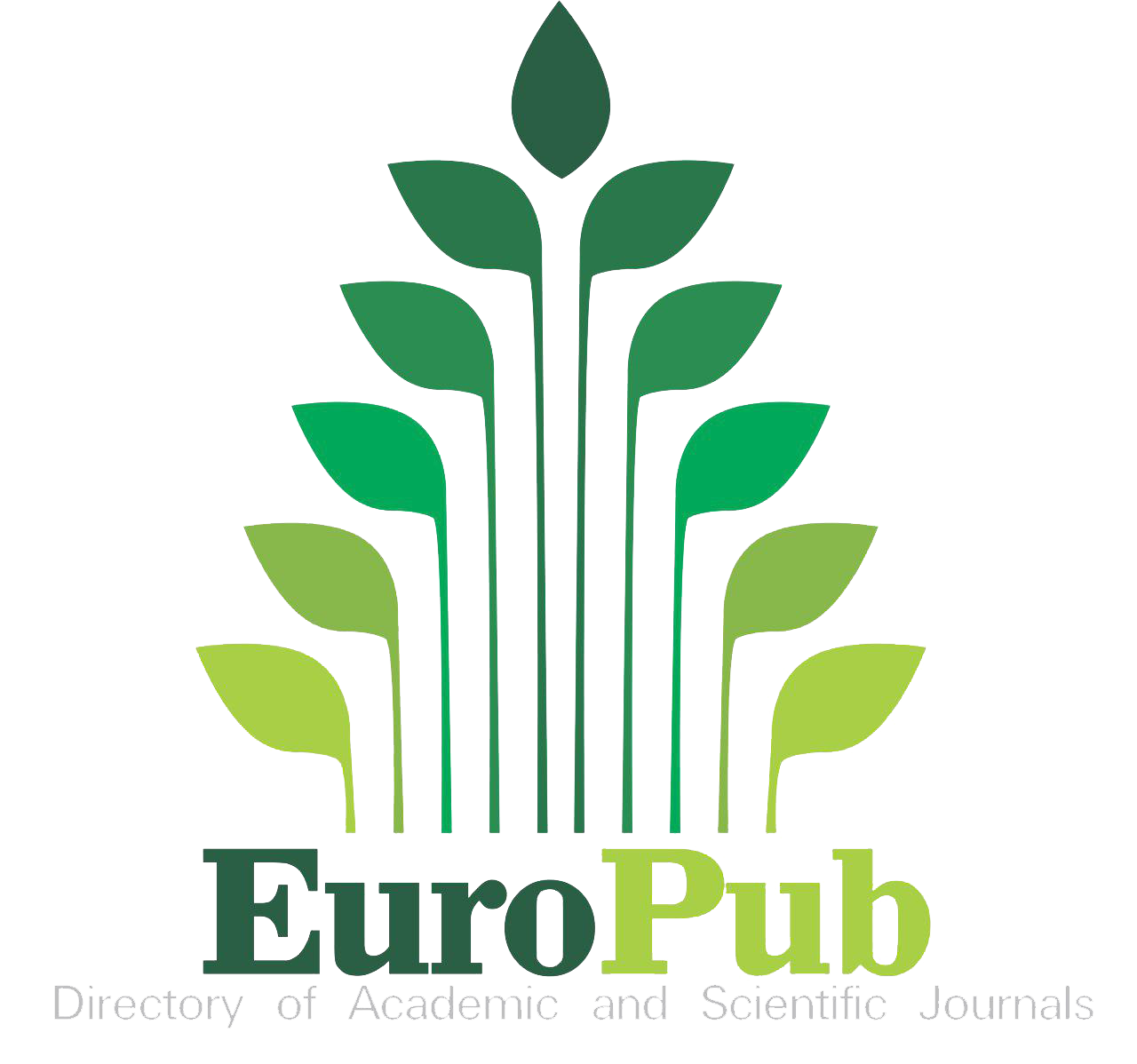The Translation of Horror Splatter for Children in Italy
Darren Shan and his Demonata Saga in Translation
DOI:
https://doi.org/10.13136/2281-4582/2025.i25.1589Keywords:
Translation, Horror, Gothic, Children, LiteratureAbstract
Shavit (1986) pioneered in treating children’s literature as texts received in the context of target literature, highlighting the specific constraints this genre faces and how these constraints lead to deviations from the source text. Taboo topics, such as sex and violence, are often excluded from children’s literature within a given society. Central to Shavit’s historical argument is the assertion that modifications to source texts align with prevailing notions of what is deemed educationally ‘beneficial for the child’ in the cultural context of the time. In recent decades, translators have tended to place greater trust in children’s ability to engage with differences; however, the adaptation of cultural details remains apparent, particularly in the translation of cultural references (e.g., food). What remains crucial is the role of the intended child reader in the translation process (O’Sullivan 2005) and its impact on the final product. In contemporary contexts, deviations from the source text have diminished, as exemplified by the Demonata Saga by Irish author Darren Shan, translated into Italian between 2007 and 2010. Unlike the Goosebumps series by American author R. L. Stine, Shan’s novels draw inspiration from splatter horror, and their success suggests that Gothic elements which gained popularity in adult culture are beginning to influence children’s literature as well (Buckley 2017). Shan utilizes tropes and imagery from splatter supernatural narratives, including demons that torment humans, themes of madness, and unsettling visions. This paper examines the translation of the first book, Lord Loss (2005), noting that it underwent no adaptations, which likely contributed to the series not being fully published; only six of the ten books in the series were translated. This assertion is supported by an interview with the author and the fact that the books are now out of print.
References
Bettelheim, Bruno. The Uses of Enchantment: The Meaning and Importance of Fairy Tales. 1976. London: Penguin, 2010.
Buckley, Chloé Germaine. Twenty-First-Century Children’s Gothic: From the Wanderer to Nomadic Subject. Edinburgh: Edinburgh University Press, 2017.
Carroll, Noel. The Philosophy of Horror, or the Paradoxes of the Heart. London: Routledge, 1990.
Cavarero, Adriana and William McCuaig. Horrorism: Naming Contemporary Violence. New York: Columbia University Press, 2009.
De Rijke, Victoria. “Horror.” International Companion Encyclopedia of Children’s Literature. Edited by Peter Hunt. London: Routledge, 2004. 506-518.
Even-Zohar, Itamar. “Polysystem Theory (Revised).” Papers in Culture Research. Tel Aviv: Porter Chair of Semiotics, 2005.
Fernández López, Marisa. “Children’s Literature in Franco’s Spain: The Effects of Censorship on Translations.” Anuario de Investigación en Literatura Infantil y Juvenil 3 (2005): 39-51.
Howarth, Michael. Under the Bed Creeping: Psychoanalizing the Gothic in Children’s Literature. Jefferson: McFarland & Company, 2014.
Jackson, Anna. “Uncanny Hauntings, Canny Children.” The Gothic in Children’s Literature: Haunting the Borders. Edited by Anna Jackson, Karen Coats and Roderick McGillis. London: Routledge, 2008. 157-144.
Jackson, Anna, Karen Coats and Roderick McGillis. “Introduction.” The Gothic in Children’s Literature: Haunting the Borders. London: Routledge, 2008. 1-4.
Jian, Mangying. “Book Cover as Intersemiotic Translation: Between Image, Text and Culture.” Asia Pacific Translation and Intercultural Studies 8.3 (2021): 219-235.
King, Stephen, Danse Macabre. London: Hodder, 1991.
Klingberg, Göte. Children’s Fiction in the Hands of the Translators. Lund: CWK Gleerup, 1986.
Landais, Clotilde. “Challenges and Strategies for Analysing the Translation of Fear in Horror Fiction.” Literary Imagination 18.3 (2016): 242-254.
Lefevere, André and Susan Bassnett. “General Editor’s Preface.” Translation, Rewriting, the Manipulation of Literary Fame. Edited by André Lefevere. New York: Routledge, 1992. vii-viii.
---. Translating, Rewriting and the Manipulation of the Literary Fame. London and New York: Routledge, 2017.
Nevins, Jesse. Horror Fiction in the 20th Century: Exploring Literature’s Most Chilling Genre. Santa Barbara: Praeger, 2020.
O’Sullivan, Emer. Comparative Children’s Literature. London: Routledge, 2005.
Reyes, Havier Aldana, edited by. Horror, a Literary History. London: The British Library, 2016.
Shan, Darren. Il Signore dei Demoni. Trans. Sara Marcolini. Milano: Mondadori, 2007.
--- . Lord Loss (The Demonata, No.1). Glasgow: Harper Collins Children’s Books, 2005.
Shavit, Zohar. Poetics of Children’s Literature. Athens: The University of Georgia Press, 1986.
Smith, Anna. “The Scary Tale Looks for a Family: Gary Crew’s Gothic Hospital and Sony Hartnett’s The Devil Latch.” The Gothic in Children’s Literature: Haunting the Borders. Edited by Anna Jackson, Karen Coats and Roderick McGillis. London: Routledge, 2008. 131-144.
Sonzogni, Marco. Re-Covered Rose: A Case Study in Book Cover Design as Intersemiotic Translation. Amsterdam: John Benjamins Publishing Company, 2011.
Stine, Robert Lawrence. Welcome to Dead House (Goosebumps, No.1). New York: Scholastic, 1992.
Tatar, Maria. Off with Their Heads!: Fairy Tales and the Culture of Childhood. Princeton: Princeton University Press, 1992.
Toury, Gideon. Descriptive Translation Studies and Beyond. Amsterdam: John Benjamins Publishing Company, 1995.
Townshend, Dale. “Gothic and the Cultural Sources of Horror, 1740–1820.” Horror, a literary History. Edited by Havier Adana Reyes. London: The British Library, 2016. 22-55.
---. “The Haunted Nursery, 1764-1830.” The Gothic in Children’s Literature: Haunting the Borders. Edited by Anna Jackson, Karen Coats and Roderick McGillis. London: Routledge, 2008. 15-38.
Downloads
Published
Issue
Section
License
Copyright (c) 2025 Salvatore M. Ciancitto

This work is licensed under a Creative Commons Attribution 4.0 International License.
Iperstoria is an Open Access journal.
- Authors retain copyright and grant the journal right of first publication with the work simultaneously licensed under a Creative Commons Attribution 4.0 BY License that allows others to share the work with an acknowledgement of the work's authorship and initial publication in this journal.
- Authors are able to enter into separate, additional contractual arrangements for the non-exclusive distribution of the journal's published version of their work (e.g., post it to an institutional repository or publish it in a book), with an acknowledgement of its initial publication in this journal. We kindly ask authors to inform us of any instances of re-publication.







